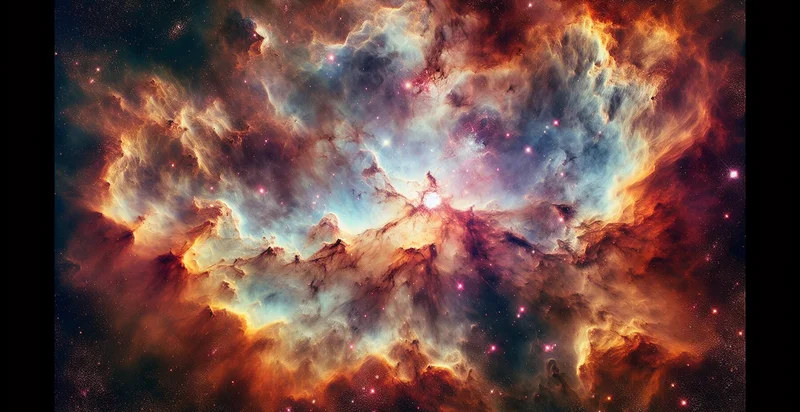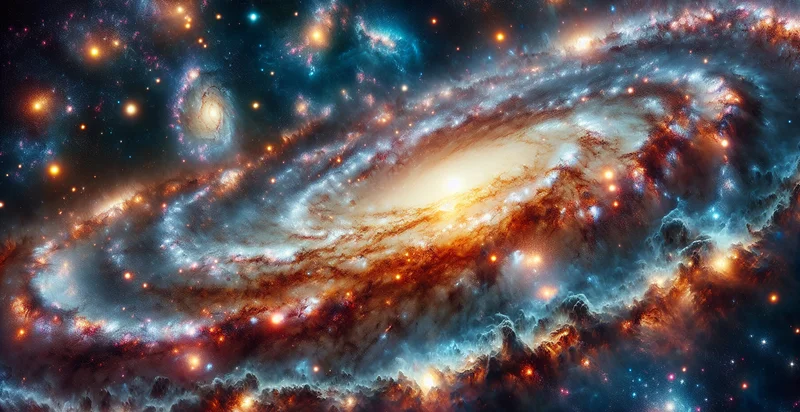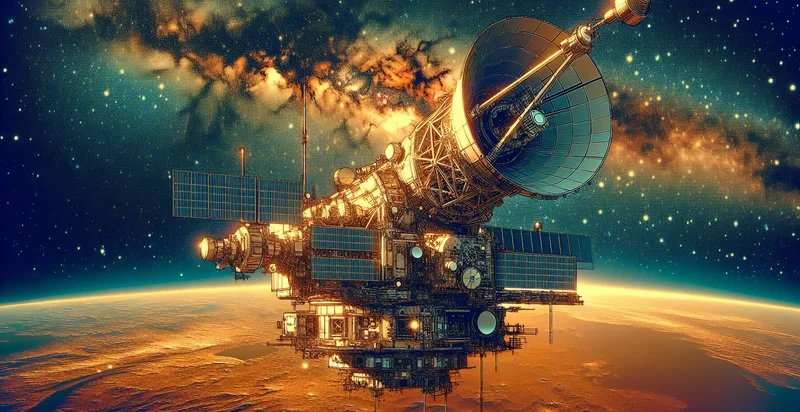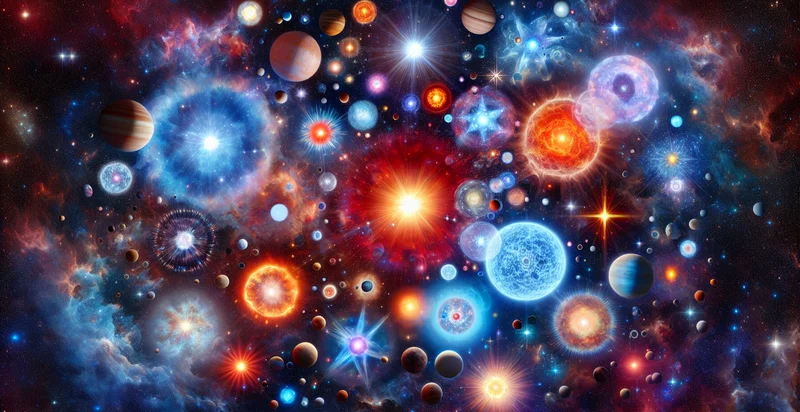Identify nebulae
using AI
Below is a free classifier to identify nebulae. Just upload your image, and our AI will predict what type of nebula it is - in just seconds.

Contact us for API access
Or, use Nyckel to build highly-accurate custom classifiers in just minutes. No PhD required.
Get started
import nyckel
credentials = nyckel.Credentials("YOUR_CLIENT_ID", "YOUR_CLIENT_SECRET")
nyckel.invoke("nebulae", "your_image_url", credentials)
fetch('https://www.nyckel.com/v1/functions/nebulae/invoke', {
method: 'POST',
headers: {
'Authorization': 'Bearer ' + 'YOUR_BEARER_TOKEN',
'Content-Type': 'application/json',
},
body: JSON.stringify(
{"data": "your_image_url"}
)
})
.then(response => response.json())
.then(data => console.log(data));
curl -X POST \
-H "Content-Type: application/json" \
-H "Authorization: Bearer YOUR_BEARER_TOKEN" \
-d '{"data": "your_image_url"}' \
https://www.nyckel.com/v1/functions/nebulae/invoke
How this classifier works
To start, upload your image. Our AI tool will then predict what type of nebula it is.
This pretrained image model uses a Nyckel-created dataset and has 37 labels, including Arc, Bright, Bubble, Carina, Circular, Cocoon, Complex, Crab, Crown and Dark.
We'll also show a confidence score (the higher the number, the more confident the AI model is around what type of nebula it is).
Whether you're just curious or building nebulae detection into your application, we hope our classifier proves helpful.
Related Classifiers
Need to identify nebulae at scale?
Get API or Zapier access to this classifier for free. It's perfect for:
- Astronomy Research Enhancement: The nebulae identifier can assist astronomers by automatically classifying and categorizing images of nebulae from telescopes. This can save time in data analysis, allowing researchers to focus on interpreting the results rather than manually sorting through vast amounts of imagery.
- Public Outreach Programs: Planetariums and science centers can use the nebulae identifier to create interactive exhibits or educational tools. By showcasing specific nebulas and providing accurate classifications, they can enhance visitor experiences and promote interest in astronomy.
- AI-Driven Art Creation: Artists can leverage the nebulae identifier in the generation of digital art inspired by celestial objects. By identifying distinct nebulae, artists can create unique artworks rooted in scientific discovery, blending creativity with astronomy.
- Data Curation for Astronomy Databases: Organizations maintaining astronomical databases can utilize the nebulae identifier to improve the accuracy and quality of their datasets. By automating the classification of new entries, they ensure that users have reliable and organized access to astronomical imagery.
- Machine Learning Training Sets: Companies developing machine learning models for astronomy can use the nebulae identifier to curate large datasets. Providing accurately classified images improves the training of algorithms designed to identify and analyze celestial objects in future imagery.
- Citizen Science Projects: The nebulae identifier can support citizen science initiatives where non-experts contribute to astronomical research. By providing a tool that simplifies the classification of nebulas, volunteers can engage more directly with scientific research and data analysis.
- Space Mission Planning: NASA and other space agencies can use the nebulae identifier to support mission planning for telescopes and spacecraft. Understanding and classifying nebulae can inform target selection and mission objectives, enhancing the scientific return of exploratory missions.


